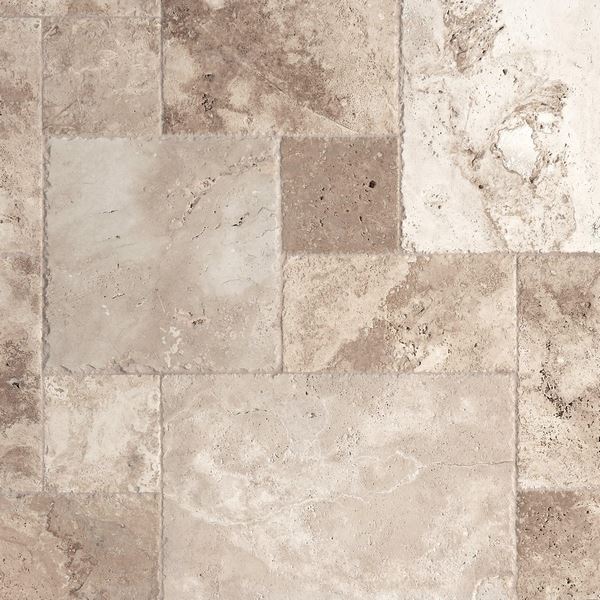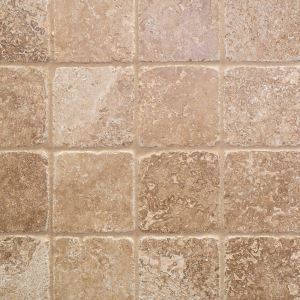Introduction to Travertine
Travertine is a natural stone that has been used for centuries in architecture and design. Its unique textures and subtle color variations make it a popular choice for both indoor and outdoor applications. If you’re considering travertine for your home or office, especially from Floor and Decor, you’re in for a treat! In this article, I’ll share my personal journey with travertine, along with a comprehensive guide covering everything you need to know.
What is Travertine?
Travertine is a sedimentary rock formed from mineral deposits left by hot springs or geysers. It is primarily made of calcite, which gives it a unique look and feel. Available in various finishes and colors, travertine is an excellent option for various design styles.
Why Choose Travertine from Floor and Decor?
Floor and Decor is renowned for its extensive selection of flooring materials, including an impressive range of travertine products. Here are some reasons why you should consider purchasing travertine from them:
- Wide selection of styles and finishes.
- Competitive pricing and frequent sales.
- Expert advice and customer support.
- High-quality products with a focus on durability.
Types of Travertine Available at Floor and Decor
When selecting travertine, it’s essential to understand the different types available. Here’s a breakdown:
1. Honed Travertine
Honed travertine has a smooth, matte finish, making it ideal for indoor applications. It’s less slippery than polished varieties.
2. Polished Travertine
This type has a glossy finish that enhances the stone’s natural beauty. However, be cautious as it can be slippery when wet.

3. Tumbled Travertine
Tumbled travertine offers a rustic, aged appearance. It’s perfect for outdoor use and high-traffic areas due to its textured surface.
Benefits of Installing Travertine Flooring
Travertine offers several advantages as a flooring option. Here are some key benefits:
- Durability: Travertine is a highly durable material that can withstand heavy foot traffic.
- Natural Beauty: Each piece is unique, adding a natural aesthetic to your space.
- Versatility: Suitable for both indoor and outdoor use.
- Temperature Regulation: Travertine remains cool even in hot weather, making it comfortable underfoot.

Travertine vs Other Natural Stones
When considering flooring options, it’s crucial to compare travertine with other natural stones. Here’s a quick comparison:
| Feature | Travertine | Granite | Marble |
|---|---|---|---|
| Porosity | High | Low | Medium |
| Finish Options | Honed, Polished, Tumbled | Polished | Polished, Honed |
| Cost | Moderate | High | Medium to High |
| Maintenance | Moderate | Low | High |
Installation Guide: How to Install Travertine
Installing travertine can be a rewarding DIY project. Here’s a comprehensive guide to help you through the process:

1. Prepare the Area
Remove any existing flooring and ensure the underlying surface is clean and level.
2. Gather Your Tools
- Tile cutter
- Notched trowel
- Thin-set mortar
- Grout
- Spacers
- Level

3. Layout the Tiles
Before adhering the tiles, lay them out to determine the best arrangement, making adjustments as necessary.
4. Apply Thin-Set Mortar
Use a notched trowel to spread the thin-set mortar over a small area, then begin placing your tiles.

5. Grouting the Tiles
Once the tiles are set, apply grout in the spaces between them and wipe off any excess.
6. Seal the Travertine
To enhance durability and reduce staining, sealing your travertine is essential. Use a high-quality stone sealer recommended for travertine.

Pros and Cons of Travertine Flooring
Every material has its strengths and weaknesses. Here’s a breakdown of the pros and cons of travertine:
Pros
- Visually striking and unique appearance.
- Durable and long-lasting with proper care.
- Warmth and comfort underfoot during cooler weather.

Cons
- Can be porous and susceptible to staining if not sealed.
- Requires regular maintenance.
- More expensive than some other flooring options.
Maintaining Your Travertine Floor
To keep your travertine looking new, it’s essential to maintain it properly. Here are some tips:
- Clean regularly with a damp mop and pH-balanced cleaner.
- Avoid harsh chemicals that can damage the stone.
- Seal your travertine every 6-12 months.
FAQs about Travertine from Floor and Decor
1. Is travertine a good choice for outdoor use?
Yes, travertine is an excellent choice for outdoor patios and walkways due to its durability and heat-retaining properties.
2. How do I clean my travertine floor?
Use mild soap and water or a stone-specific cleaner. Avoid acidic cleaners that can etch the surface.
3. Can travertine be used in bathrooms?
Absolutely! Travertine is often used in bathrooms for flooring, walls, and countertops. Just ensure it’s properly sealed.
4. What is the price range for travertine tiles?
Prices can vary, but expect to pay between $2 to $10 per square foot, depending on the quality, finish, and size.
5. Does travertine require sealing?
Yes, sealing is necessary to protect the stone from stains and water absorption.
Conclusion
Travertine from Floor and Decor offers a unique blend of beauty, durability, and versatility for any homeowner or designer. With proper care and installation, it can enhance the aesthetic of your space for years to come. I hope this guide has provided you with valuable insights into travertine and inspired you to consider it for your next project!